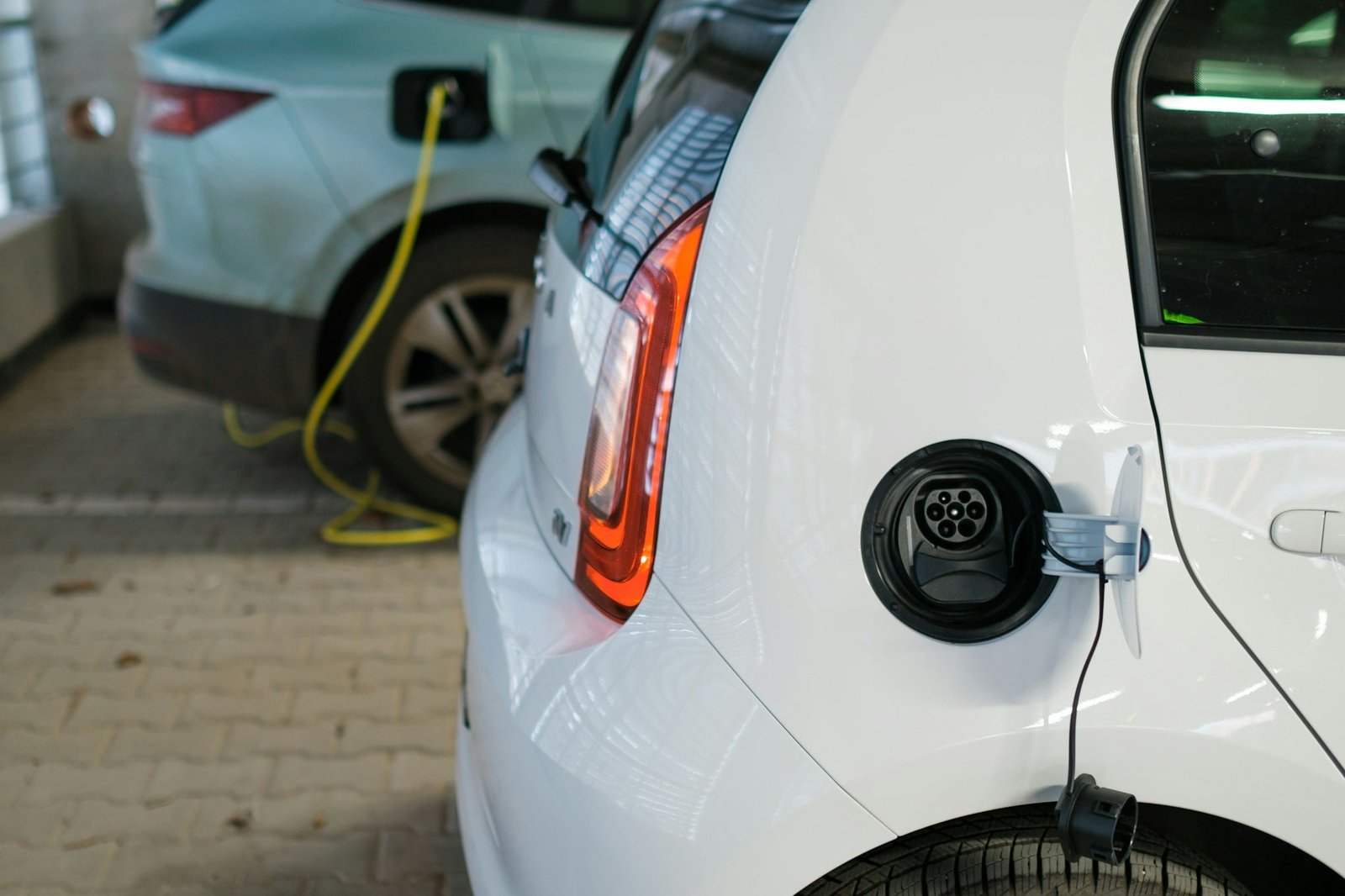Revolutionizing Urban Mobility: AI-Powered Solutions for Minimizing Vehicle Emissions in Real-Time
Future AI AutomotiveTable of Contents
Introduction
In the quest for sustainable urban mobility, the integration of artificial intelligence (AI) has emerged as a game-changer. The year 2073 marks a significant milestone as cities worldwide adopt AI-powered solutions to minimize vehicle emissions in real-time. This article delves into the innovative technologies driving this transformation and their potential to reshape urban landscapes for the better.
The Urgency of Emission Reduction
As urbanization accelerates and the global population swells, the need to curb vehicle emissions has never been more pressing. Conventional vehicles contribute significantly to air pollution, exacerbating health issues and environmental degradation. In response, cities are turning to AI-powered solutions to mitigate emissions and create cleaner, healthier urban environments.
Harnessing the Power of AI
AI-powered solutions leverage real-time data analytics and machine learning algorithms to optimize vehicle performance and reduce emissions. These technologies enable vehicles to adapt their behavior dynamically, minimizing fuel consumption and pollutant emissions based on factors such as traffic conditions, weather, and road topology.
Dynamic Traffic Management Systems
Central to AI-powered emission reduction strategies are dynamic traffic management systems that orchestrate the flow of vehicles through urban thoroughfares. By analyzing traffic patterns and adjusting signal timings in real-time, these systems optimize traffic flow, reducing congestion and idling times, thus lowering overall emissions.
Predictive Maintenance and Optimization
AI algorithms are also employed to predict and prevent mechanical issues that contribute to emissions. By monitoring vehicle health in real-time and identifying potential malfunctions before they occur, predictive maintenance systems ensure that vehicles operate at peak efficiency, minimizing emissions and prolonging their lifespan.
Collaborative Ecosystems
The success of AI-powered emission reduction initiatives hinges on collaboration between stakeholders across the urban mobility ecosystem. Governments, transportation authorities, vehicle manufacturers, and technology providers must work together to implement integrated solutions that address the complex challenges of emissions reduction effectively.
Conclusion
In the pursuit of sustainable urban mobility, AI-powered solutions offer unprecedented opportunities to minimize vehicle emissions in real-time. By harnessing the power of data analytics and machine learning, cities can create cleaner, healthier environments for their residents while paving the way for a greener, more sustainable future. With continued innovation and collaboration, the year 2073 holds immense promise for revolutionizing urban mobility and mitigating the adverse effects of vehicle emissions.
FAQs:
How do AI-powered solutions reduce vehicle emissions in real-time?
AI-powered solutions leverage real-time data analytics and machine learning algorithms to optimize vehicle performance, reducing fuel consumption and pollutant emissions based on factors such as traffic conditions and road topology.
Are AI-powered emission reduction technologies cost-effective?
While the initial investment in AI-powered technologies may be significant, studies have shown that the long-term benefits, including reduced healthcare costs and environmental impact, outweigh the upfront costs.
Can AI-powered solutions be applied to all types of vehicles?
Yes, AI-powered emission reduction technologies can be implemented across various types of vehicles, including cars, trucks, buses, and even drones. The scalability and adaptability of these technologies make them suitable for a wide range of applications.
How do dynamic traffic management systems work to reduce emissions?
Dynamic traffic management systems analyze real-time traffic data to optimize signal timings and traffic flow, reducing congestion and idling times. By keeping vehicles moving smoothly, these systems minimize emissions associated with stop-and-go traffic.
What role do predictive maintenance systems play in emission reduction?
Predictive maintenance systems use AI algorithms to monitor vehicle health and identify potential mechanical issues before they occur. By preventing malfunctions that can lead to increased emissions, these systems help ensure that vehicles operate efficiently and cleanly.
